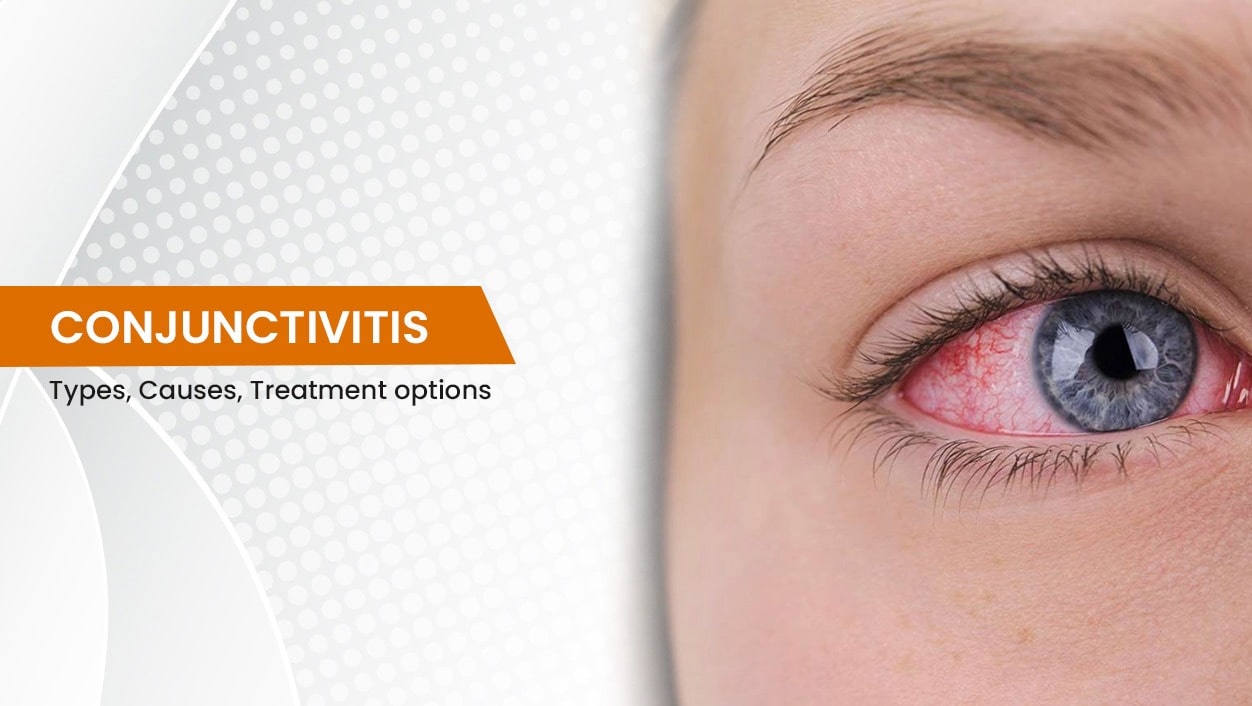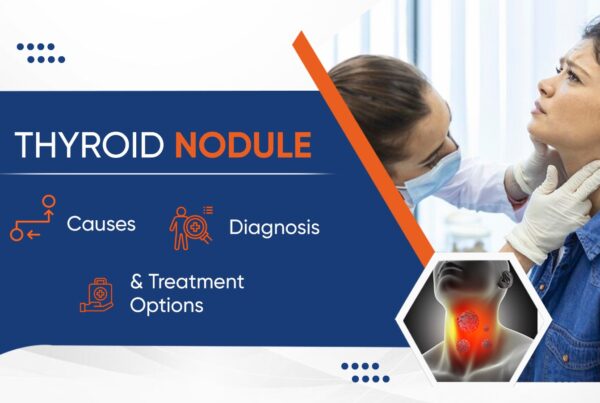Pink eye, commonly known as conjunctivitis, is a common eye infection that affects both children and adults. It is an inflammation of the conjunctiva, the transparent membrane of the eye that protects the white portion of the eyeball and constitutes the inner layer of the eyelid.
Because the blood vessels in the conjunctiva are swollen, the eye looks red or pink. It may be followed by a sticky secretion at times. Conjunctivitis usually clears up on its own after a few weeks, but in some situations, it could require medical attention.
Conjunctivitis usually clears up on its own after a few weeks, but in some situations, it could require medical attention.
Some types of conjunctivitis:
Conjunctivitis is classified into three kinds based on the cause:
1.Allergic,
2.Infectious
3.Chemical.
People with seasonal allergies often get allergic conjunctivitis, a type of conjunctivitis. Giant papillary conjunctivitis is the most common type of allergic conjunctivitis. It happens when something foreign irritates the eye, like a hard or dirty contact lens.
Conjunctivitis caused by bacteria or viruses is known as infectious conjunctivitis.
Bacterial conjunctivitis can be caused by a number of bacteria, such as Staphylococcus aureus, H. influenzae, Streptococcus pneumoniae, and Pseudomonas aeruginosa.
Bacterial conjunctivitis is caused by bugs, bad hygiene, using infected eye cosmetics or lotions, and wearing dirty contact lenses. Ophthalmia neonatorum is a serious form of bacterial conjunctivitis that affects newborn babies and can cause considerable eye injury if not treated promptly. During delivery, the child is exposed to the bacteria that cause chlamydia or gonorrhoea.
Viruses linked to common cold and upper respiratory tract infections are the most common causes of viral conjunctivitis. When a person with a viral illness blows their nose hard, the virus travels through the tear duct from the respiratory system to the eyes.
SARS-CoV-2, the virus that causes Covid 19 has been found in case studies to cause conjunctivitis.
Contact with irritants like air pollution, chlorinated water, smoking, and other toxic substances causes chemical conjunctivitis.
How can you know if you have conjunctivitis?
The following are some of the symptoms and signs of pink eye:
- Inner eyelid redness or redness in the white area of the eye
- After sleeping, there is a thick yellow discharge that crusts over the eyelashes.
- Tear production has increased.
- Eye discharge can be green or white.
- In one or both eyes, there is a dusty or gritty sensation.
- Itching and a burning sensation in the eyes.
- Extreme sensitivity to light causes blurring of vision.
- The eyelids swell.
What causes conjunctivitis in the first place?
The irritation of the blood vessels in the eyes causes conjunctivitis. The following are some of the causes of inflammation:
Microbes: Conjunctivitis is commonly caused by microorganisms like viruses, bacteria, and fungi.
Irritants and allergens: Conjunctivitis can be caused by mold, pollen, dust, and other allergens. Shampoos, unclean cosmetics, contact lenses, grime, smoke, and chlorinated water, among other things, can cause irritation of the eyes and cause pink eye.
Conjunctivitis can be caused by sexually transmitted infections such as herpes, gonorrhoea, and chlamydia.
At-home treatment for conjunctivitis: The majority of conjunctivitis instances are minor. Because of this, they get better on their own and don’t need medical help.
Some of the home remedies for conjunctivitis are:
- To remove the crusts, use a sterile cotton wool pad and water. It’s best not to use the same cotton pad in both eyes.
- To ease pain, place a warm or damp towel over the infected eye for a few minutes. A cool cloth, on the other hand, can be used to soothe the burning sensation.
- Avoid using your hands to touch your eyes.
- There will be no sharing of towels, washcloths, or eye makeup.
- Using contact lenses or eye make-up is not recommended until the eyes improve.
- Changing pillowcases and bed sheets on a regular basis to reduce allergy exposure.
When should you seek medical help?
If conjunctivitis develops in newborns or those with a weakened immune system, like HIV or cancer patients, they should see a doctor right away. The following symptoms of conjunctivitis may necessitate medical attention:
- Even after using over-the-counter pain relievers, there is continuous pain in the eyes.
- Eye discharge might be white, green, or yellow.
- Increased sensitivity to light or increased redness
- Even after wiping away the fluid from the eyes, vision is blurred or foggy
- Even after 14 days, there was no change in the condition of the eyes.
Conclusion:
Bacteria or viruses can cause conjunctivitis, which is very contagious. It might happen in conjunction with a respiratory ailment like a cold or a sore throat. People who wear contact lenses that haven’t been properly cleaned for a long period of time are also at risk of developing bacterial conjunctivitis. If there is a change in vision, secretion from the eyes, increased redness, or persistent pain, anyone with conjunctivitis should see an ophthalmologist.
Contact us for any further information.










